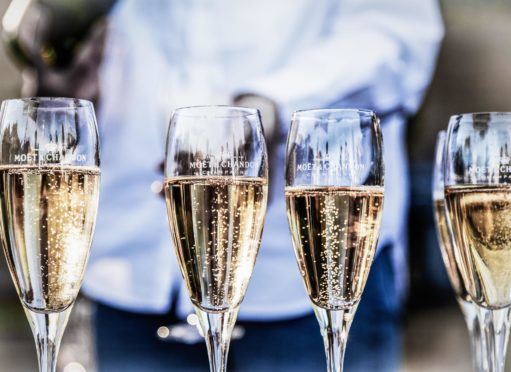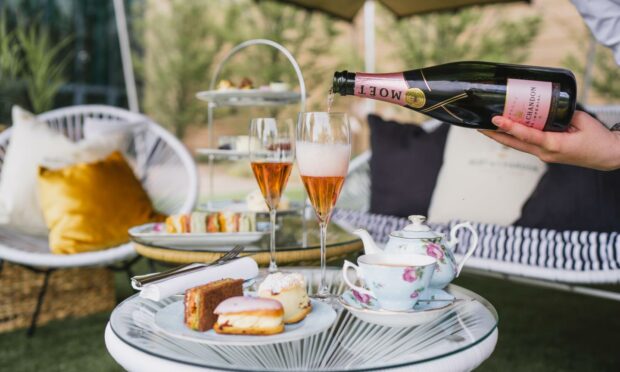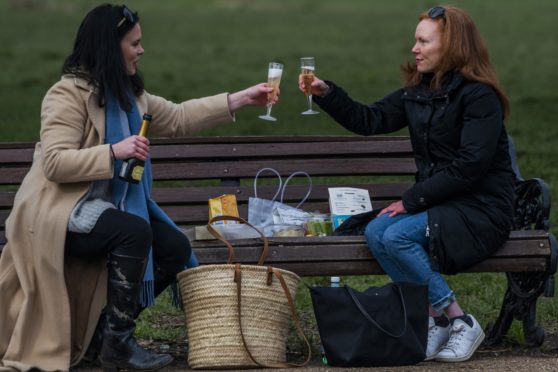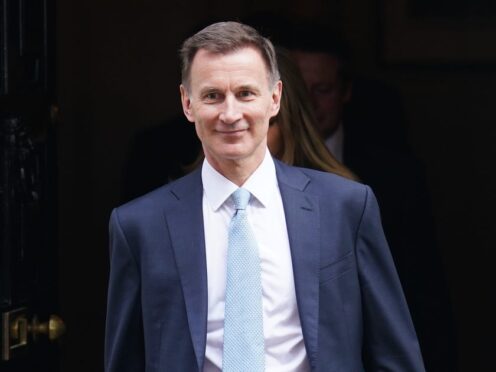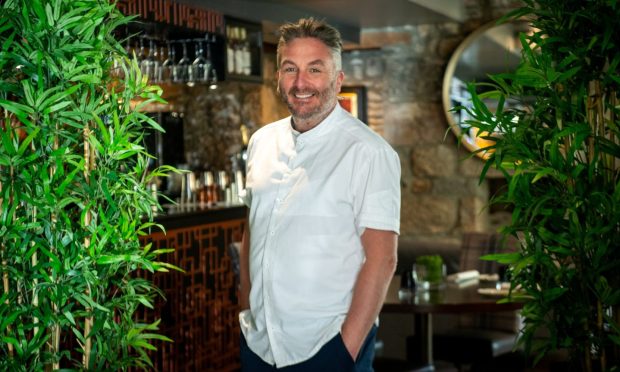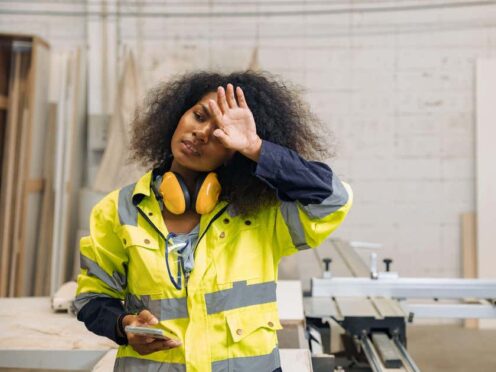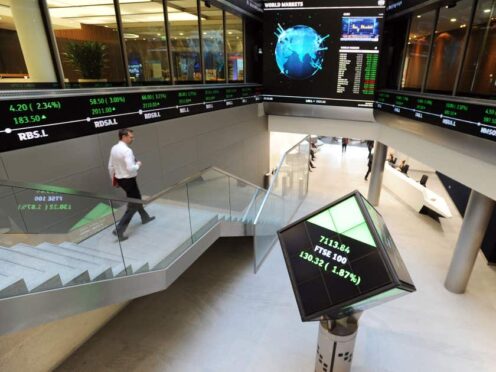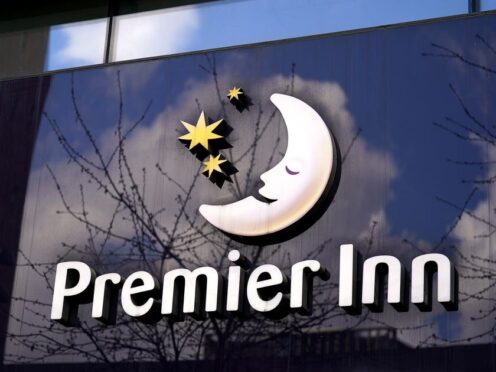Few sounds epitomise luxury like a cork popping from the top of a Champagne bottle.
Yet, with few bars or restaurants allowed to open and even fewer reasons to uncork a celebratory bottle, France’s flagship sparkling wine was one of the early casualties during the coronavirus pandemic.
Producers estimate that they suffered a £1.4 billion hit last year in lost sales, with turnover down by around a third.
Their losses were the largest in living memory and worse than during the Great Depression, according to the Comite Interprofessionnel du Vin de Champagne trade body.
Figures from IWSR Drinks Market Analysis (IWSR) show Champagne sales in the UK alone plunged by 22% in terms of volume last year.
Corks popping again in the Highlands
While the category is forecast to grow by 5.1% this year and by 10.5% between 2020 and 2025, IWSR still predicts it will take more than five years before Champagne volumes rebound to pre-Covid levels.
As that recovery gets under way, Phil Scott – general manager at Links House in Dornoch – is hearing more Champagne corks popping again in Mara, the boutique hotel’s new fine dining restaurant.
“We’ve introduced a bottle of Champagne – Joseph Perrier Cuvee Royale – to all of our promotions to generate a ‘Champagne moment’”, explained Mr Scott.
We identified that people want to come out and celebrate being out of lockdown.”
Mr Scott – who has worked in the wine industry for companies including Oddbins, Livingston-based Wine Importers, and Montrose Wines in Asia during his 25 years in the hospitality industry – said Champagne sales had exceeded expectations in the restaurant.
Bottle shops have noticed a switch in buying habits too.
Rodney Doig, a director at Woodwinters Wines & Whiskies, which has shops in Inverness, Bridge of Allan, and Edinburgh, said: “General retail growth of the wine category was strong during lockdown and Champagne’s growth was 50% higher than this.
Champagne sales from our Inverness shop doubled. The more general sparkling category did see growth, but less than general retail growth, so the upswing was targeted at the more premium, Champagne sector.”
Mr Doig added: “Since lockdown began easing, the trend is fairly similar, with Champagne remaining on the up, slightly ahead of general retail figures.”
His experience is reflected in the wider hospitality industry, with Champagne brands also reporting rising sales.
Lynn Murray, brand director at Hatch Mansfield, the company that manages and distributes the Taittinger Champagne label in the UK, said: “We can say with certainty that UK-wide sales are very strong.
“We have seen an uplift in the off-trade – in grocers, specialists, and independents – alongside the on-trade.
“Where restaurants and hotels have opened, sales are strong – those staycationing are treating themselves and have the disposable income to do so.
“Anecdotally, we see where people are getting together they are celebrating with Champagne.”
Companies toasting rising sales
Taittinger’s experience has been echoed by Moet Hennessy, the drinks arm of Paris-listed luxury goods giant Louis Vuitton Moet Hennessy, which lists brands including Dom Perignon, Moet & Chandon, and Veuve Clicquot in its portfolio.
In April, Moet Hennessy posted a 22% year-on-year rise in Champagne sales by volume during its first quarter, led by demand in Europe and the US.
In last month’s interim results, the group added that Champagne volumes for the first half of the year were 10% higher than the opening six months of 2019, highlighting growth beyond the pandemic bounce-back.
Mentzendorff & Co, the company that imports Bollinger Champagne into the UK, said that “conditions are perfect for a Champagne summer”.
It pointed out that when the UK nations went into their first lockdowns the general assumption was that people would stop drinking Champagne.
In April 2020 sales fell by around 75% across the market, but then the UK off-trade had the best August for Champagne sales since records began.
Customers splashing out for special occasions
Shoppers also appear to be trading up to more expensive Champagne brands.
Data from market analysis firm Nielsen shows UK Champagne sales up to June 19 rose by 27.6% year-on-year in terms of volume and soared by 32.9% year-on-year in terms of value.
Mr Scott has definitely noticed customers trading up at Mara in Dornoch.
“Our Champagne sales are up because we’re including bottles in our promotions, but so too are sales of some of our prestige cuvee Champagnes”, he explained.
“One evening while I was helping serve in the restaurant, we had a couple who were celebrating their anniversary.
The gentleman had done his research and instantly asked for the Krug that was on the list – it was quite easy to convince him to choose the 2003 vintage as opposed to the Grande Cuvee.
“There’s not much of a price difference, but when it’s £250 of Champagne it’s still a treat.”
Nielsen data shows the average selling price of a bottle of Champagne in the UK broke through the £25-mark last year for the first time, up 5.3% year-on-year to £25.15, adding weight to the idea that consumers are trading up to more expensive labels.
‘During difficult times consumers trade up as a treat’
That recovery appears to have continued this spring, with figures from the Wine & Spirit Trade Association (WSTA) showing Champagne sales in the off-trade – purchases for consumption at home from the likes of bottle shops, supermarkets, and websites – rose by 30% year-on-year during the opening three months of 2021.
WSTA policy director Simon Stannard said: “Difficult to know quite what’s driven the increase as we haven’t any qualitative data, but it’s often said that during difficult times consumers trade up as a treat – apparently expensive lipstick sells well in times of recession.
“And, with an indication of a timetable to ease lockdown restrictions announced in the first quarter, perhaps that gave people something to celebrate.”
Some of that increase may also be due to sales that would normally have taken place in the on-trade – in restaurants and bars – shifting into the off-trade while hospitality venues were closed.
